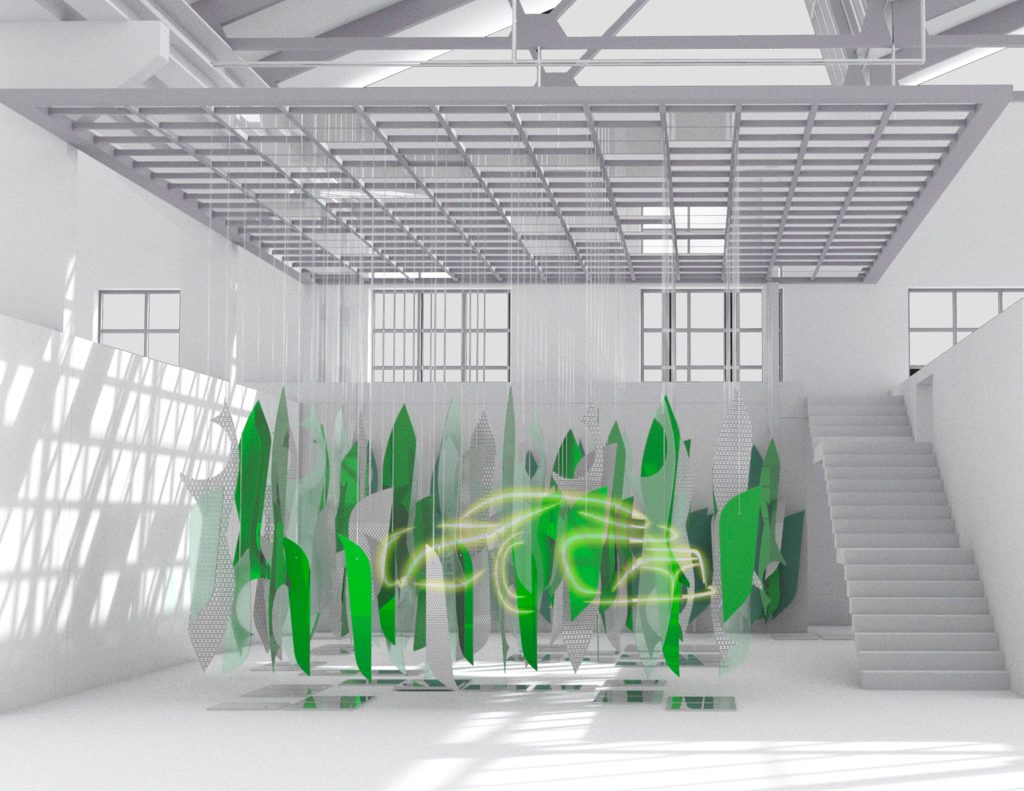Milan Design Week 2016: Lexus Design Award
We speak with the four finalists about their innovative concepts
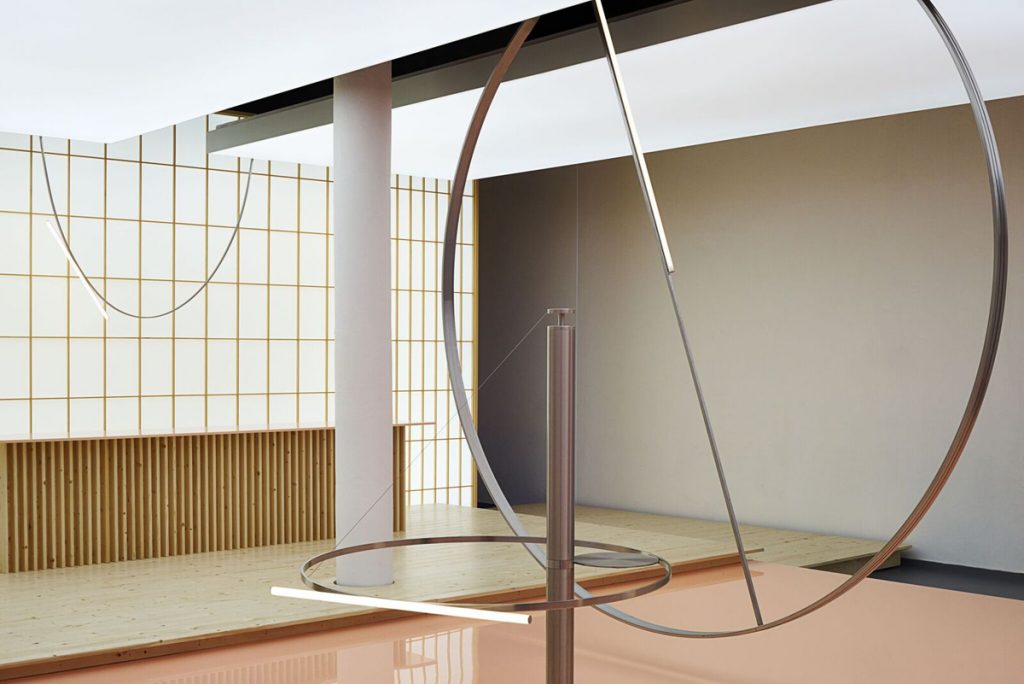
Continuing their mission to support young designers, Lexus held their fourth Design Award (whose theme was “anticipation”) at this year’s Milan Design Week. The Grand Prix award was presented to AMAM Design Collective, a Tokyo-based group started by designers Kosuke Araki, Noriaki Maetani and Akira Muraoka. They were mentored by Max Lamb during the competition, and beat the three other finalists for their project, called AGAR PLASTICITY: A Potential Usefulness of Agar for Packaging and More, which uses agar (a gelatinous material obtained from marine algae) as an inexpensive, abundant, flexible, environmentally friendly packaging material which can be used instead of polystyrene.
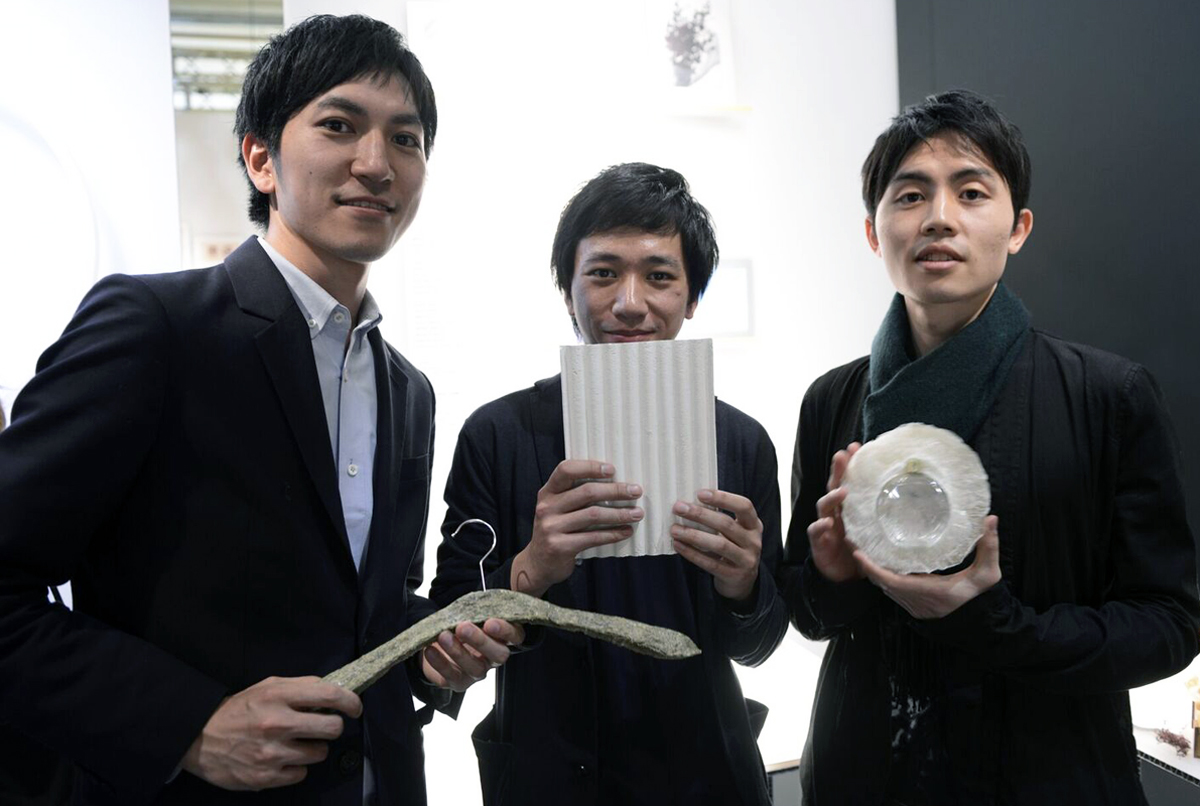
More than 1,200 designers contributed work to the competition, which provides funding, mentorship, travel and exposure for the winners. The top 12 were present in Milan, and we had the opportunity to spend time with the top four, including AMAM Design Collective. We appreciate Lexus’s commitment to design and young designers in particular, and were impressed with the work we saw.

Of the AGAR PLASTICITY project, Kosuke Araki from AMAM tells us that the material isn’t exotic for Japanese people as it’s often consumed as food (most often in confections) there. “It’s common to us, but not to European people,” he said. “The starting point of our project was really our concern about plastic waste… The property of the material led us to the design itself, because the material quality is crispy, but spongy; hard, but also soft. It’s really suitable for packaging.” Like so many of our favorite designs (and indeed world-altering inventions) the process was pragmatic and simple, he says, “By changing the concentration of agar with water the outcome is varied. If you use less agar, the result is thin and flexible; if you use more it is harder or more cushioned. We just tried trial and error.” The AMAM team also mixed agar with seaweed fiber, and shells, both abundantly available waste products. Each provides an agar-based material with different properties, lending itself to thin wrapping, cushiony packaging and extrudable material that hardens. With their various experiments with materials, concentrations and temperatures, AMAM created packaging akin to plastic bags, packing peanuts and much harder packaging. “It’s amazing. Without the support of the Lexus Design Award, we wouldn’t have the budget to develop this idea or the opportunity to show the product here.” Of their mentorship, AMAM says Lamb taught them to “be productive, be critical and always compare what we are doing against the existing high-quality industrial objects.”
London-based designer Max Lamb worked with the AMAM team over the course of the last several months, including an in-person workshop at his studio. He tells us that he ended up choosing the agar project because, “It was the one that was perhaps the most unknown, the most challenging, the most scary, the most uncertain. And for me, that was the most exciting part. I think the aspiration and the general ethos was and still is fantastic and deserves as much support as possible.”

Another finalist, Toronto-born Angelene Laura Fenuta (who studied Material Futures at London’s Central Saint Martins) contributed her Shape Shifters work for the Design Award. Her work questions the current landscape of the fashion industry, aiming to discover new ways of sustainability. She tells us, “I really wanted to work from the textile up. Instead of just using what I was given as a material, I wanted to make my own…and see how I could create something new in fashion.” Of the actual material, Fenuta (who was mentored by Elena Manferdini) explains to us, “I developed a double-faced polyester composite; it has a plastic core which allows it to move, and each articulation is a hinge-point. So you can get various silhouettes out of a sleeve, a skirt, a dress—and you can express yourself however you want, so the wearer is an active participant in the design, which I found really interesting.” Angelene is also interested in reducing consumption and wanted to explore the ways a single dress could serve multiple needs. “What would we want out of it? How many variations could we get out of it?” she asks. We think she’s on to something.
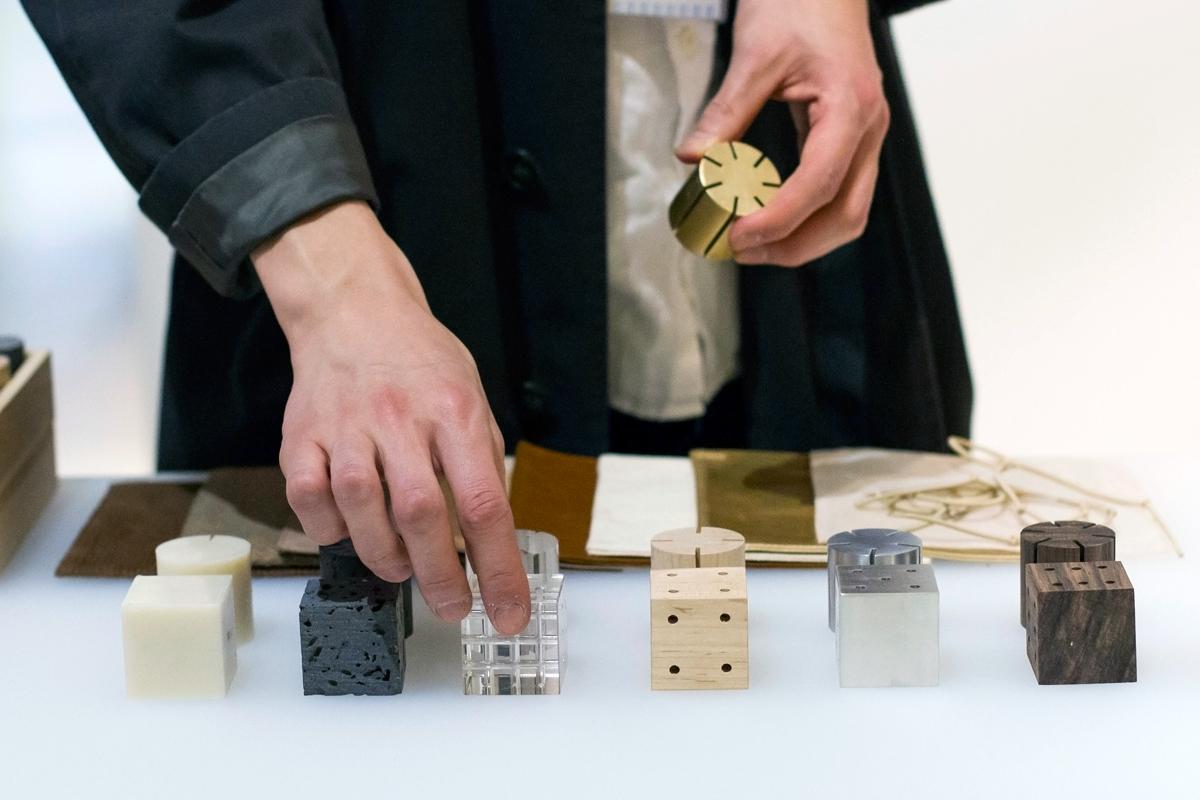
Designer Myungsik Jang contributed DADA—a toy for children which incorporates blocks, bands, holes and pegs made from natural materials—was born from cultural tradition. It’s “about anticipation. There is a tradition of celebrating a child’s first birthday. Parents place various objects with meaning for the child to grab and the object that the child selects is meant to be a revelation of his or her future path and personality traits,” says Jang (who was mentored by Lyndon Neri and Rossana Hu, co-founders of Shanghai-based Neri & Hu Design and Research). Through the infinite options available with the seven blocks (one for each element) Jang tells us a child’s interest and inspirations can be studied through their play. The design encourages exploration and creativity and Jang tells us that he’s interested in stories and narrative, which fueled the project.
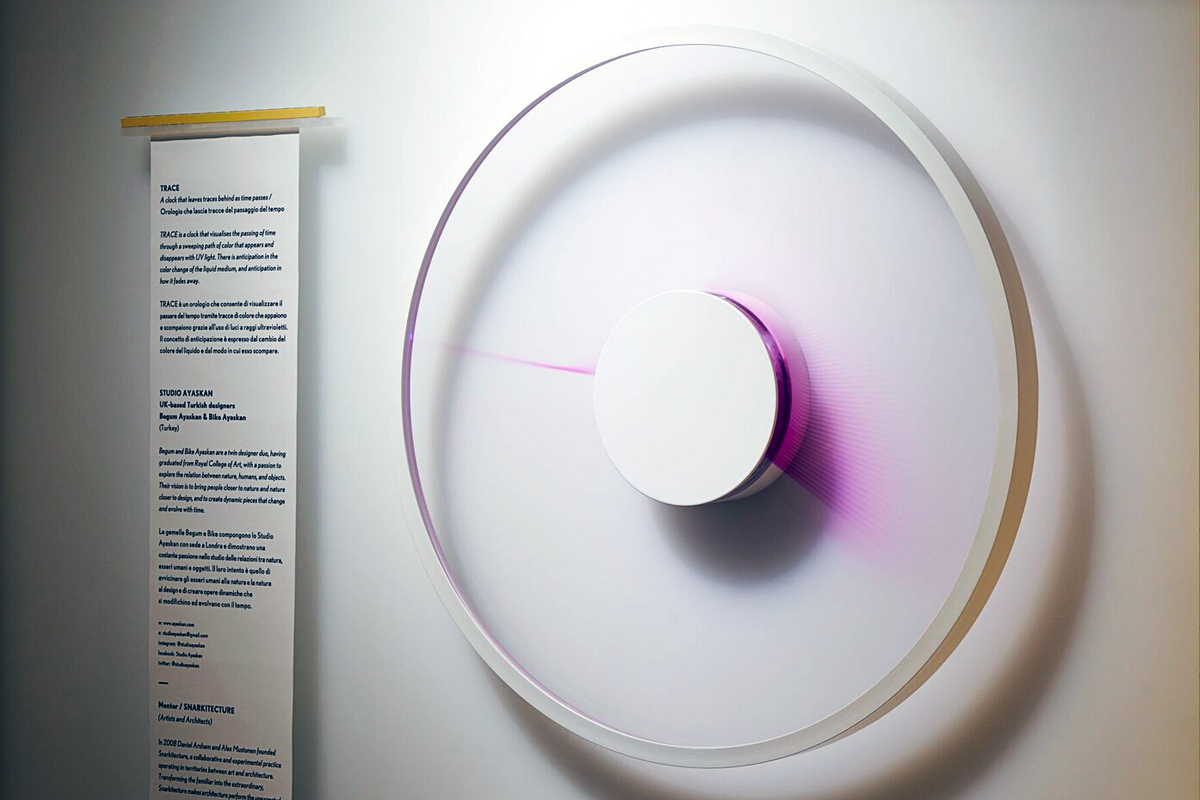
Twin sisters Begum and Bike Ayaskan started London-based STUDIO AYASKAN after they graduated from the Royal College of Art, where they specialize in product design and installations. They told us that their bond as sisters (as well as designers) works so well because they inherently understand one another. TRACE, the product they submitted for the Lexus Design Award, looks simple but is actually quite complex. The duo collects interesting materials, and had been inspired by some photochromic liquid but weren’t quite sure what to do with it. Eventually they realized that light from a laser produced really interesting effects upon hitting the liquid, and they began experimenting. That work eventually led them to develop the TRACE timepiece, which notes the time by leaving a trail of color. “We were thinking about this photochromic solution that we had and how we could make a conceptual piece based on the anticipation of time… Anticipation seems to be about the future, but it’s very much about the present too. We wanted to emphasize this fact.” Proving that design and technology can be perfectly poetic, they tell us, “In a way, instead of designing something for the future, we wanted people to be inspired to design their own future.” They really enjoyed their mentors, CH friends Snarkitecture, who encouraged them to play with scale and the dichotomy between the product’s simple appearance and complex construction.

Lexus held their fourth Lexus Design Award as part of the Lexus—An Encounter With Anticipation installation in Milan’s Tortona district. The installation was designed by the popular Amsterdam-based Formafantasma duo, and also features a garden, a shoji screen-inspired art piece inspired by the LF-FC concept car, a kinetic sculpture created by the duo that’s lit up by hydrogen fuel cell technology, and even a food tasting by Michelin-starred chef Yoji Tokuyoshi. Lexus—An Encounter With Anticipation, is located at via Tortona 32 in Milan and is open through Sunday 17 April 2016.
Find out more about the Lexus Design Award and their exciting Milan Design Week installation online and on Instagram: @lexusdesignaward.
Shape Shifter images and AMAM portrait by Cool Hunting, all others courtesy of Lexus

